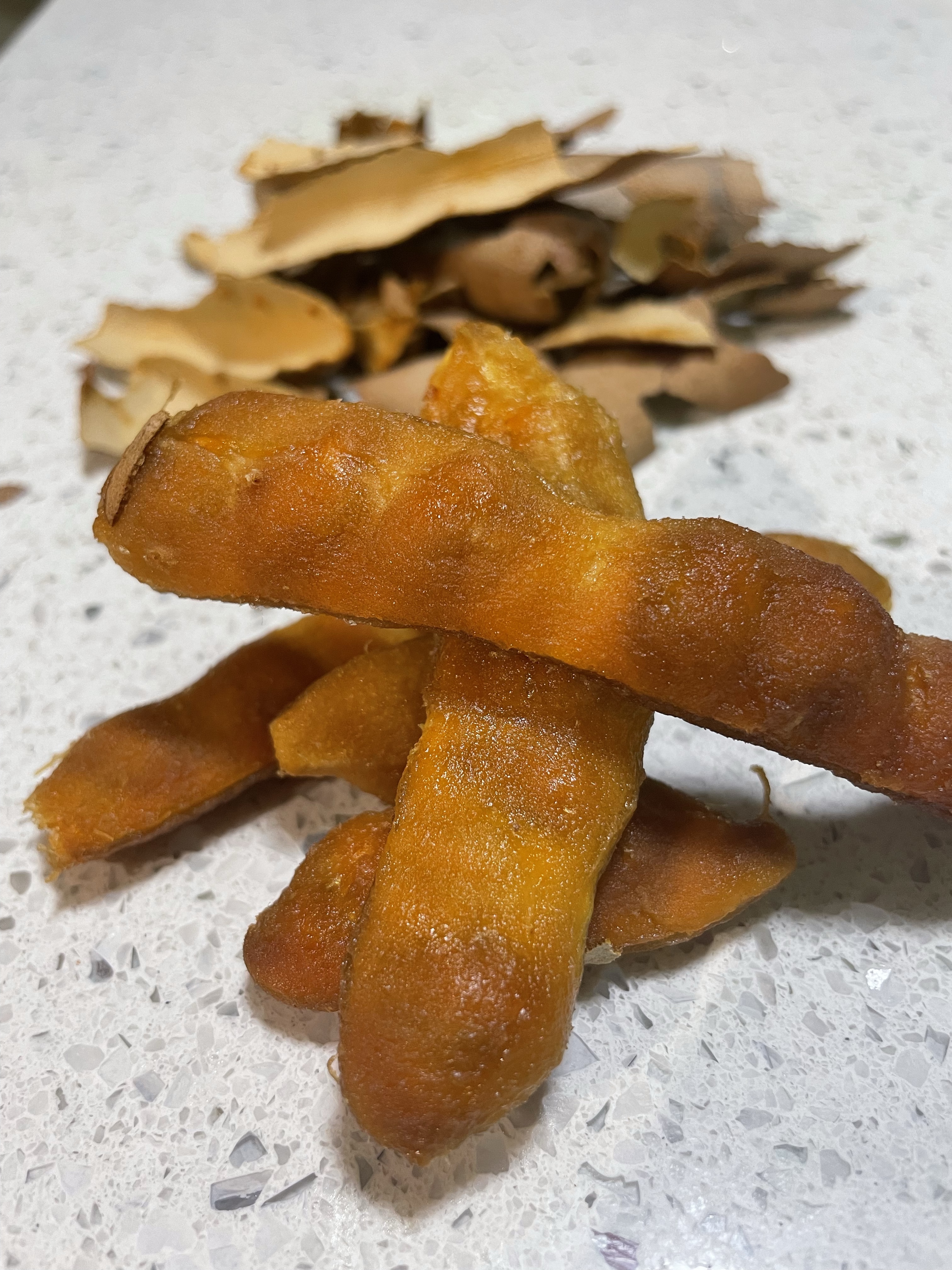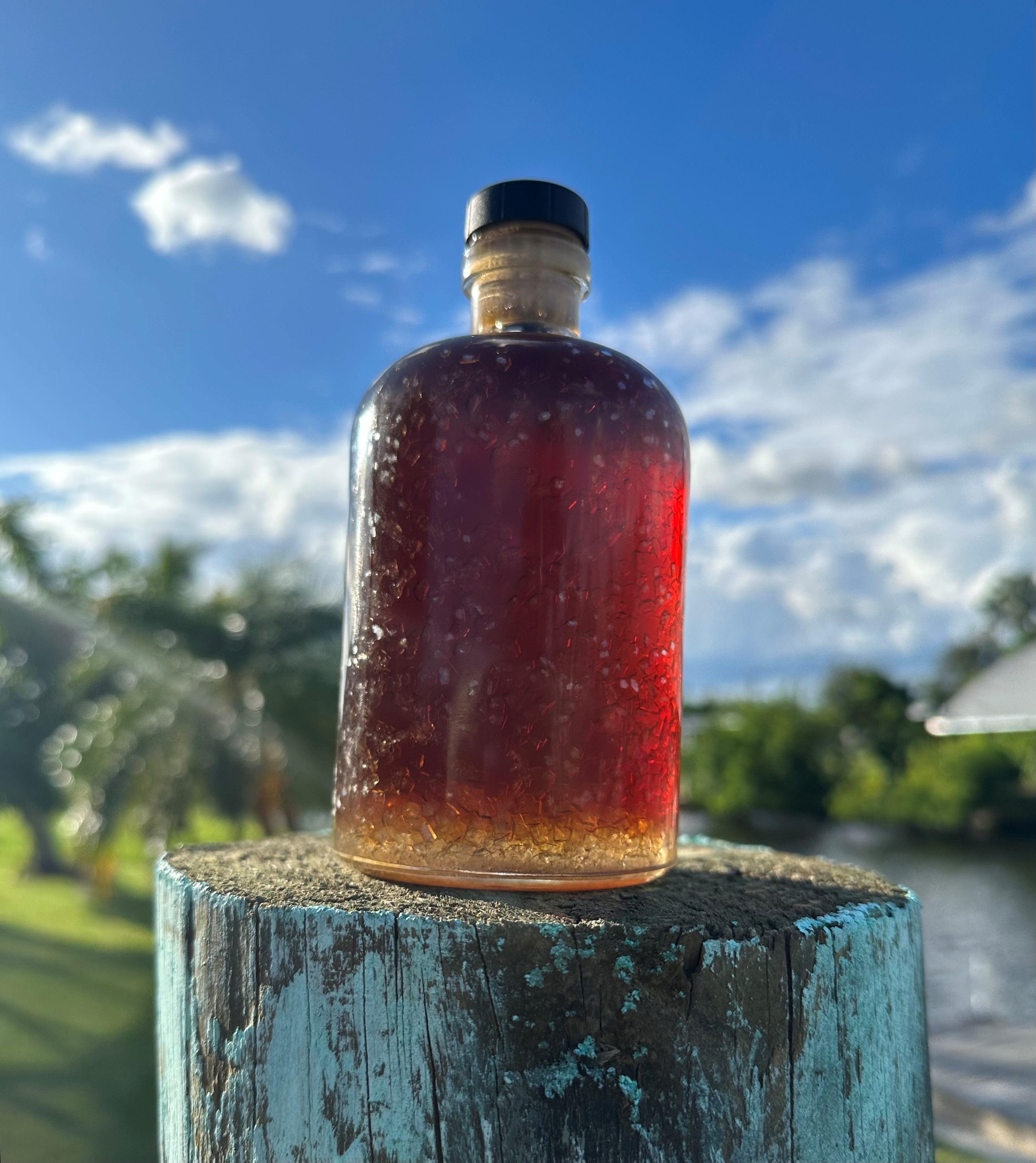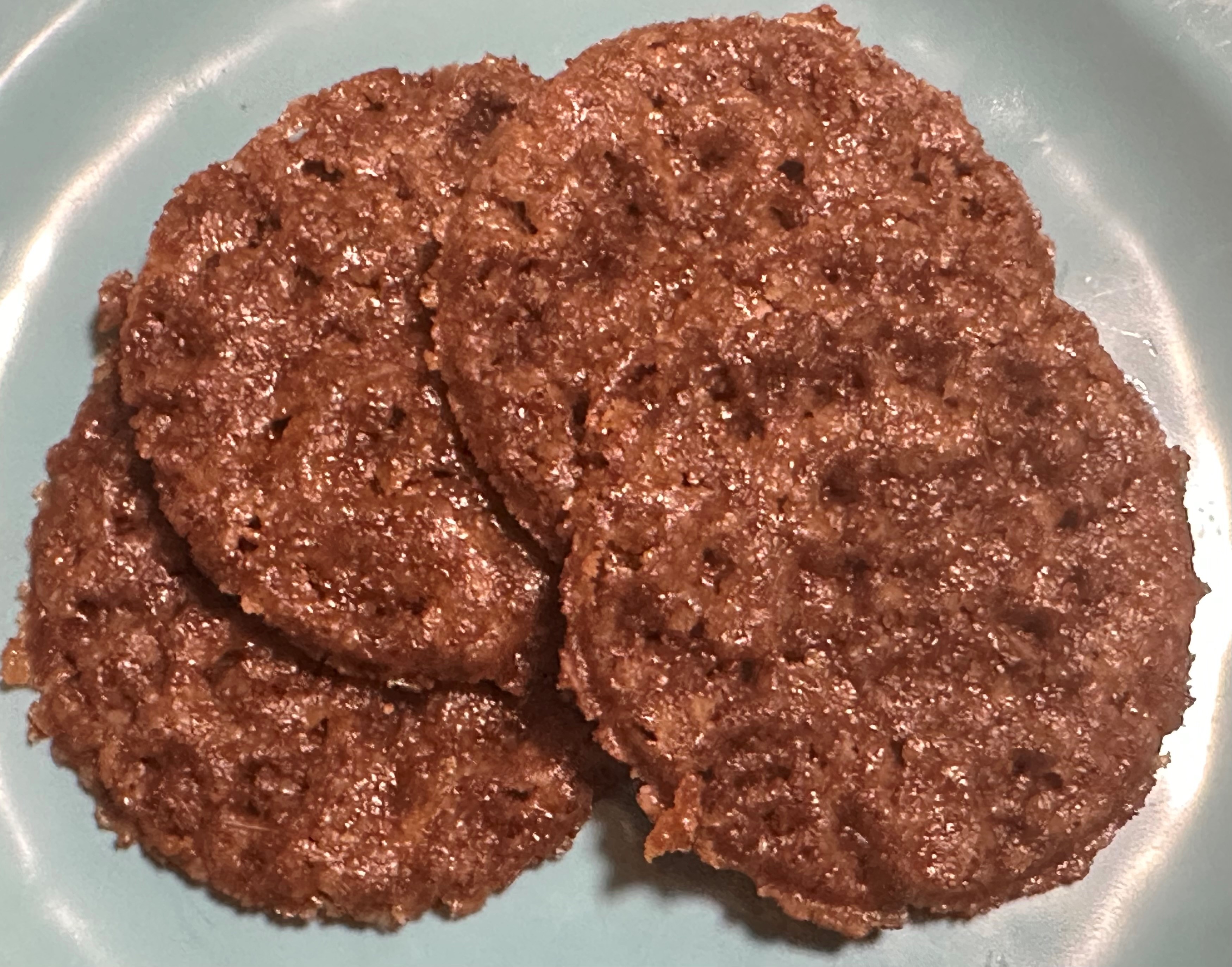Mountain huckleberry, mountain bilberry, black huckleberry, tall huckleberry, big huckleberry, thin-leaved huckleberry, globe huckleberry, Montana huckleberry
I’m visiting my brother in Montana and we took several scenic drives around the countryside of my hometown.
Historic Head Ranch



Head Ranch was established in 1868, by Nehemiah Beery in the northwest corner of the Helena valley. According to the historic marker, now laying on its side in the grass, “the elegance and symmetry of the stone outbuildings reflects the prosperity of the gentleman ranchers who dominated this area from 1886 through 1893.”



Marysville Ghost Town
Established in 1876 when an Irish immigrant named Thomas Cruse struck gold. His Drumlummon Mine was once Montana’s leading gold producer. Today the sparsely inhabited town boasts several buildings listed on the National Historic Register.



The Pioneer Cabin in Reeder’s Alley
Built in 1864 by Wilson Butts who travelled from California after gold was discovered at Last Chance Gulch with the first wave of miners. It is the oldest documented dwelling in Helena.

Winston House
I have been slightly obsessed for the last twenty years with a stately stone house that stands along Highway 12 near Winston. The house was built in 1894 by Warren Dodge, a local merchant and aspiring prospector. When he defaulted on the mortgage, the house was sold in 1906 to W.E. Fisher for only $1.00. Later the property was sold to the Diehl family when Fisher was murdered.

Abandoned in a livestock field and weathered from being exposed to the elements, the craftsmanship of this home is still evident: granite blocks at the entryways and windowsills, hardwood floors, faded decorative wood moldings and rosettes, and the remnants of a uniquely curved wall leading to the staircase.

For anyone interested in vintage photographs of Helena, such as this one of south Broadway where gold was discovered in 1864, check out Helena As She Was.
BOTANICAL DESCRIPTION
Native to western North America, huckleberries grow in low to mid elevation conifer forests in most of the western half of Montana.

Of the seven huckleberry species in Montana, Vaccinium membranaceum, also known as Vaccinium globulare, is the most common.
Huckleberries are rhizomatous shrubs with erect canes that can grow to 4-5 feet in height. Its deciduous leaves are alternately arranged, ovate with serrated edged and up to 2 inches long. In the spring, small, urn-shaped, solitary flowers hang from the leaf axils. The tiny blossoms can range from pale pink to waxy bronze in color. Starting in late July, the berries ripen from red to a dark, bluish-purple. When fully ripe the berries are usually about the size of a garden pea and can be described as more tart than blueberries, but sweeter than cranberries.

As a side note, Montana ranks 4th in the nation in frequency of forest fires and the number of acres burned. Interestingly, our native huckleberries are a fire adapted plant. The leaves and stems of huckleberries have low flammability, allowing for their survival in low-intensity fires. If a fire is more severe and the plant is burned away from the surface, they re-sprout from their rhizomes in the soil.
TRADITIONAL USES
Written records from initial contact with European colonizers report of the berry’s significance to native cultures of the region. Huckleberries, and their cousin blueberries, were valuable not only as a staple food, but also culturally and spiritually. This traditional relationship likely goes back to the Mesolithic period, and possibly earlier. In nearby Oregon, archeological analysis from Newberry Lake has found evidence that huckleberries may have been used by native people as far back as 11,000 years ago.
RECIPE
Huckleberry Frozen Custard

I was gifted several bags of wild huckleberries foraged this summer by a family friend, Robynn Culver. When my brother found an old ice cream maker on the property I knew it was meant to be!
I used Completely Delicious’ recipe but had to cut the proportions in half because of the small size of the ice cream maker.
Despite being called an ice cream, it is worth noting that this is technically a frozen custard due to the use of eggs.
Ingredients
Huckleberry Compote
- 1 cup huckleberries
- 1/4 cup granulated sugar
Custard Base
- 1 cup heavy whipping cream
- 1/2 cup whole milk
- 1/3 cup granulated sugar
- Pinch of salt
- 2 eggs
- 1/2 teaspoon vanilla extract
- 1/2 cup fresh huckleberries
Ingredients
To make the huckleberry compote, combine the huckleberries and sugar together in a saucepan over medium heat and bring to a boil. Stirring frequently, simmer about 15-20 minutes until the mixture is reduced and thickened. Chill mixture completely in the fridge.
To make the custard base, heat 1/2 cup of the heavy cream, milk, sugar and salt in a medium saucepan over medium heat until steaming. In a separate bowl whisk the egg yolks. Add the heated milk mixture in a small steady stream into the eggs while whisking continuously until it is all incorporated.
Return mixture to the saucepan and cook over medium heat until it thickens and coats the back of a spoon, about 5 minutes, stirring constantly. Remove from heat and stir in remaining 1/2 cup heavy whipping cream and vanilla extract. Chill mixture completely in the fridge.


Completely combine the huckleberry compote into the custard base.

Freeze in an ice cream machine according to manufacturer’s instructions, adding 1/2 cup huckleberries during the last 5 minutes. Transfer ice cream to a storage container and freeze until hard, about 2-3 hours.


Our view from the porch while eating our huckleberry frozen custard.

References
Hummer, K. E. (2013). Manna in winter: Indigenous Americans, huckleberries, and blueberries. HortScience, 48(4), 413-417. https://journals.ashs.org/hortsci/view/journals/hortsci/48/4/article-p413.xml
Insurance Information Institute. (2023). Facts + Statistics: Wildfires. https://www.iii.org/fact-statistic/facts-statistics-wildfires
International Wild Huckleberry Association. (n.d.). Huckleberry species. http://wildhuckleberry.com/species/
Maxwell, A. (2020, August 17). Huckleberries, Montana’s little icons, retain their mysteries. https://www.mtpr.org/arts-culture/2020-08-17/huckleberries-montanas-little-icons-retain-their-mysteries
Montana Field Guide. (n.d.). Common huckleberry –Vaccinium membranaceum. Montana Natural Heritage Program. https://FieldGuide.mt.gov/speciesDetail.aspx?elcode=PDERI180K0
Native American Netroots. (2011, May 1). Native American foods: Huckleberries. http://nativeamericannetroots.net/diary/946
Strass, K.(2010). Huckleberry harvesting of the Salish and Kootenai of the Flathead Reservation. UNDERC West: Practicum in Field Biology. https://underc.nd.edu/assets/174603/fullsize/strass_2010.pdf
Vaccinium membranaceum. (2022, December 13). In Wikipedia. https://en.wikipedia.org/wiki/Vaccinium_membranaceum
Vanderacre, T. (2020). History of stone house mansion reveals murder!! [Video]. YouTube. https://www.youtube.com/watch?v=phLQZWShZaA





Leave a Reply